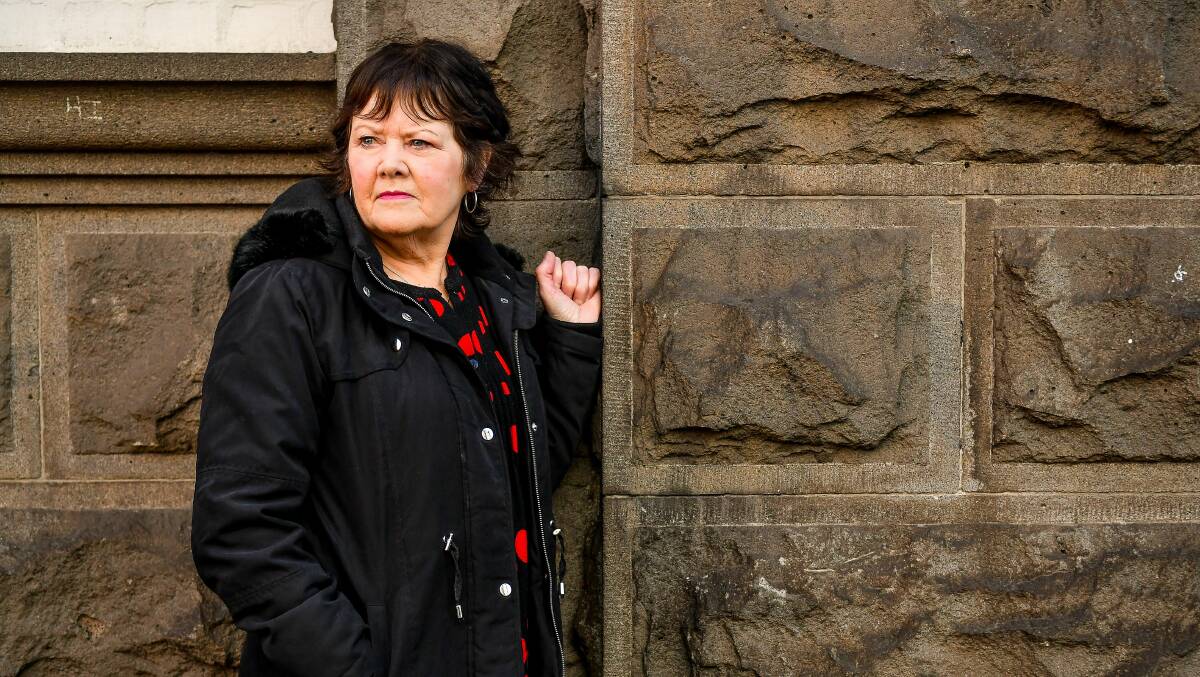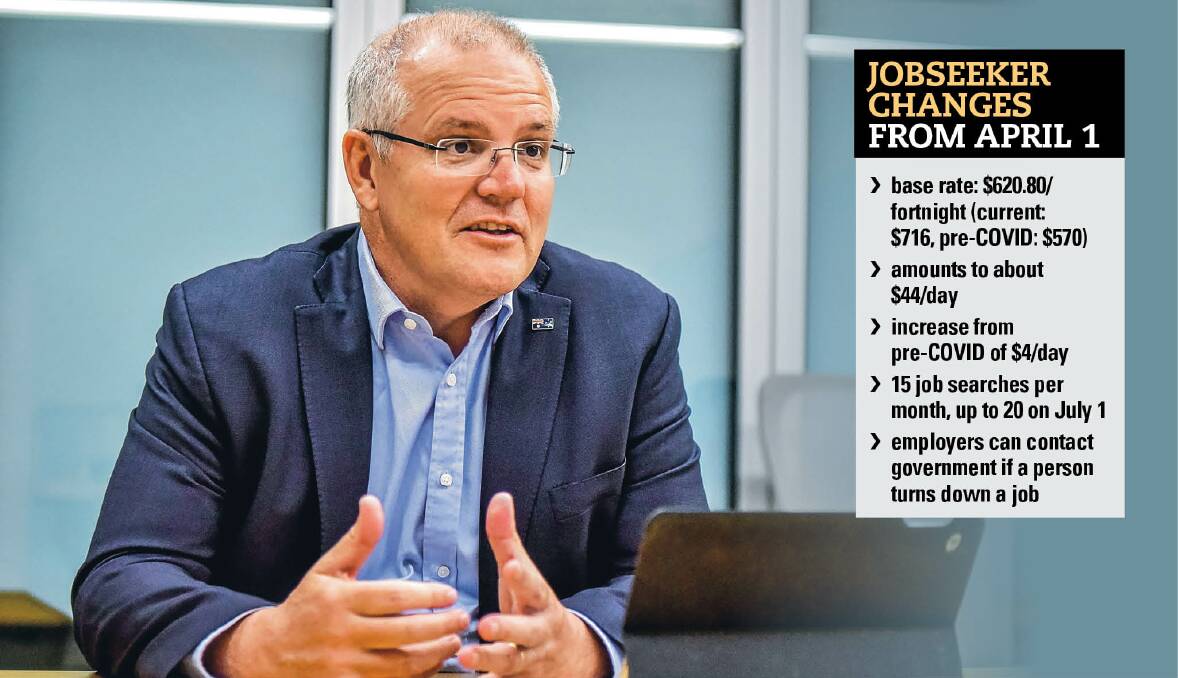
Managing rent, phone credit and pet expenses on JobSeeker is already a challenge for Nikki Bricknell, who lives in a share house in Ravenswood.
Subscribe now for unlimited access.
or signup to continue reading
When told that the rate would be decreasing by another $100 per fortnight from April 1, she said it would have a significant impact.
"Having it decrease would put a lot of pressure on having to figure out a budget," she said.
"For us, it'd mean we'd probably miss out on a lot of vegetables and meat products that we've been able to buy.
"We try to set aside $100 for food, which isn't very much when there's three people living in the house. We all have our own dietary needs and try to make sure we meet those. It'll get harder, though."

From April 1, the base rate of JobSeeker will return to $50 above its pre-COVID level - an amount widely considered well below the poverty line in Australia.
Mutual obligations will return, with the addition that employers will be able to contact the government if someone turns down a job.
Ms Bricknell said finding work was far more complex than it sounded for many.
"I have health issues that I don't want to hide when I'm looking for work, so I tell the truth and get told that I can't be employed because they don't want to have an issue on the work floor," she said.
"I'm going to try TAFE. It's hard now though, but as long as I can adjust now then hopefully it won't get any worse.
"It'll be harder for all of those new people who came onto JobSeeker when it was higher. It's going to affect them a lot more because they'll have to figure out how to get by with so little."
'Setting people up to fail': Ravenswood House disappointed
The government's announcement on Tuesday drew widespread criticism from welfare groups, who have been arguing to increase the rate above the poverty line.
Ravenswood Neighbourhood House co-ordinator Julie Moy said that conditions are worse since COVID, not better, and she believes it will push people into homelessness.
"The cost of living during COVID has gone up astronomically, food is just one example, rent is another now," she said.
"They're setting people up to fail. People are just trying to live and exist day to day, to put a meal on the table, a roof over their head. They do want to work, but there's got to be jobs there to start with."
The rate of JobSeeker increased to $1115 per fortnight, then down to $815 in September and the current level from January 1.
Ms Moy said the increased rate resulted in changes at Ravenswood Neighbourhood House.
"We were seeing a lot less of our regulars who would usually come in for support," she said. "When it started to reduce back down, we started to see those people coming back for help.
IN OTHER NEWS:
"Now we sometimes have to turn people away. Every day people will come in for something but we would've run out. They might want some bread, but it goes fast."
The Northern Suburbs Community Centre was welcoming of an increase, with president Hugh McKenzie saying it would "put a few dollars back in the pockets of those who are still suffering from not having a job".
"We all knew that that wasn't going to last forever so any increase for the people that are requiring that is certainly something positive for that community," he said.
"Apart from the COVID payment there has been no significant increase in JobSeeker for quite some time so any increase is warranted and I suspect that always people would like more."
Seeing many heading back below the poverty line
The government has sought to highlight the increase as the first time the rate has gone up, in real terms, since the 1980s.
But Greens Beach woman Linda Hannah, who was advocating for an increase in the Newstart rate well before the pandemic after seeing the struggles of her son-in-law on the payment, said it was an insult.
She said as the rate reduced, so too did the ability of her son-in-law to provide for himself and his child living in Launceston, given his mental health condition.
"There were six months where I wasn't having to buy groceries and clothes for them, he got the car registered, new tyres," Ms Hannah said.
"Now I'm back to spending about $150 per week-and-a-half on meat, vegetables and groceries for them, they can't just live on supermarket sausages.
"He can't afford medication. He's not alone in that situation."















